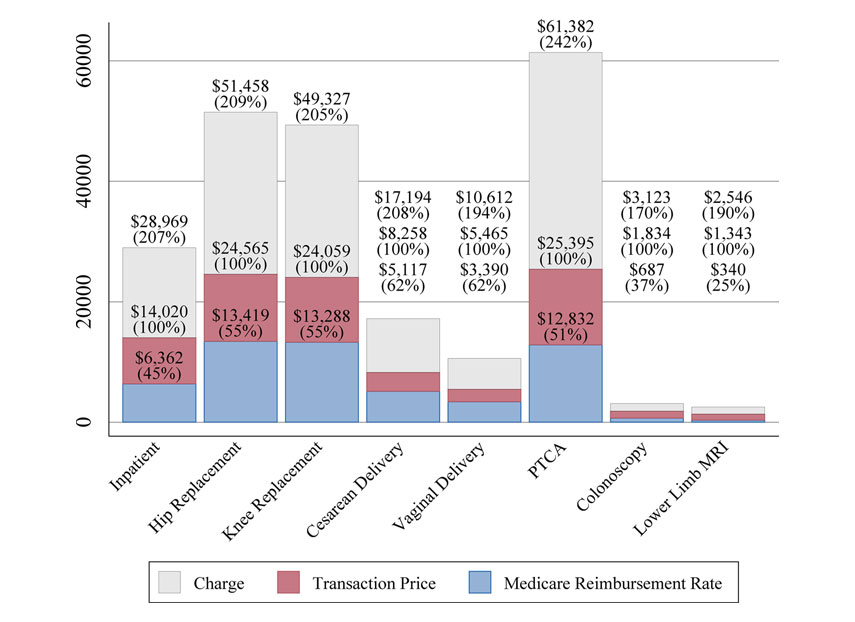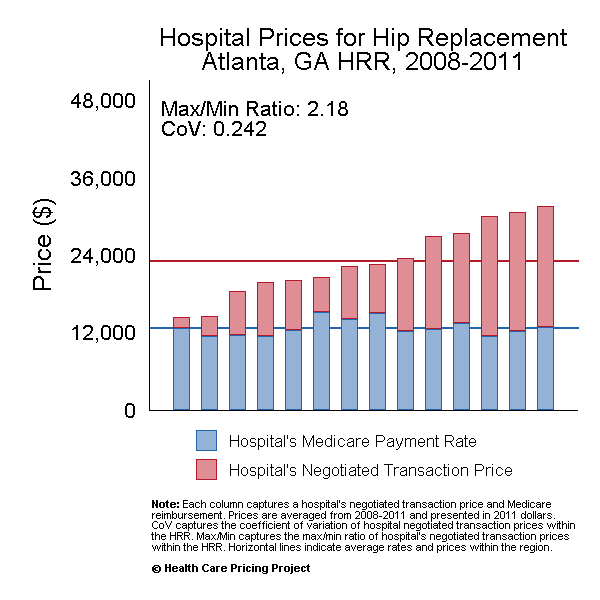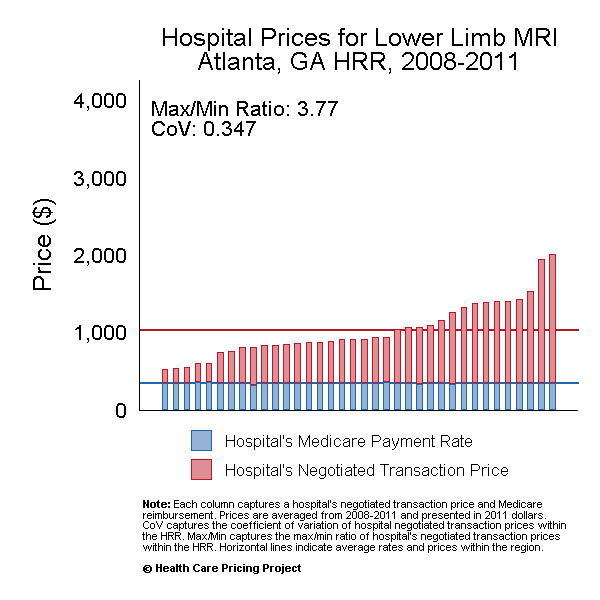class: center, middle, inverse, title-slide # Module 3: Hospital Pricing and Competition ## Part 2: Bargaining ### Ian McCarthy | Emory University ### Econ 372 --- <!-- Adjust some CSS code for font size and maintain R code font size --> <style type="text/css"> .remark-slide-content { font-size: 30px; padding: 1em 2em 1em 2em; } .remark-code, .remark-inline-code { font-size: 20px; } </style> <!-- Set R options for how code chunks are displayed and load packages --> # Table of contents 1. [What is a price?](#motivate) 2. [Pricing and Negotiations](#negotiate) --- class: inverse, center, middle name: motivate # What is a hospital's *price*? <html><div style='float:left'></div><hr color='#EB811B' size=1px width=1055px></html> --- # What is a hospital price? In practice, it's a negotiation with insurers - Hospitals can't set price on their own - Negotiation with insurers - Bargaining problem where insurer and hospital split some total amount - Agent/entity with higher bargaining position will get larger share --- # What is a hospital price? Defining characteristic of hospital prices and services: *it's complicated!* -- .center[  ] <div class="smalltext">Brill, Steven. 2013. "Bitter Pill: Why Medical Bills are Killing Us." *Time Magazine*.</div> --- # What is a hospital price? Lots of different payers paying lots of different prices: - [Medicare fee-for-service prices](https://www.cms.gov/Outreach-and-Education/Medicare-Learning-Network-MLN/MLNProducts/Downloads/AcutePaymtSysfctsht.pdf) - [Medicaid payments](https://www.kff.org/report-section/understanding-medicaid-hospital-payments-and-the-impact-of-recent-policy-changes-issue-brief/) - Private insurance negotiations (including Medicare Advantage) - But what about the price to patients? -- .center[ Price `\(\neq\)` charge `\(\neq\)` cost `\(\neq\)` patient out-of-pocket spending ] --- # What is a hospital price? .center[  ] <div class="smalltext">Source: <a href="https://healthcarepricingproject.org/">Health Care Pricing Project</a></div> --- # What is a hospital price? Not clear what exactly is negotiated... -- .pull-left[ ### Fee-for-service - price per procedure - percentage of charges - markup over Medicare rates ] -- .pull-right[ ### Capitation - payment per patient - pay-for-performance - shared savings ] --- # Hospital prices in real life We'll get into the real data in a bit, but for now...a few facts: 1. Hospital services are expensive 2. Prices vary dramatically across different areas 3. Lack of competition is a major reason for high prices --- # Hospital prices in real life .pull-left[  ] .pull-right[  ] <div class="smalltext">Source: <a href="https://healthcarepricingproject.org/">Health Care Pricing Project</a></div> <!-- New Section --> --- class: inverse, center, middle name: negotiate # Pricing and Negotiations <html><div style='float:left'></div><hr color='#EB811B' size=1px width=1055px></html> --- # Nash Bargaining problem We model this bargaining problem as a "Nash bargaining" problem. - Two people are faced with a negotiation - If they agree, each gets payoffs `\(u_{1}\)` `\(u_{2}\)`, respectively - If they disagree, each gets some other payoff, `\(t_{1}\)` and `\(t_{2}\)`, with `\(u_{1} > t_{1}\)` and `\(u_{2} > t_{2}\)` - Nash showed that the solution is `\(\max (u_{1}- t_{1})(u_{2} - t_{2})\)` --- # Understanding the outside option Key part of understanding effect on price is to understand the "outside option". What does this mean?<br> -- Outside option in this case is the profit to the hospital or insurer if a negotiation "breaks down". What is the outside option to an insurer if they are in a monopoly hospital market? --- # In-class problem (Nash bargaining) Assume that two agents are negotiating over how best to divide their quantity of good x, which is normalized to 1. If the players reach an agreement, player 1 receives utility `\(u_{1} = x\)`, and player 2 receives utility `\(u_{2} = (1-x)\)`. If the players do not reach an agreement, player 1 receives a payoff of `\(t1 = 0\)`, and player 2 receives payoff `\(t_{2} = a > 0\)`.<br> 1. Find the Nash bargaining solution to this game. 2. Explain how this solution varies with `\(a\)`.